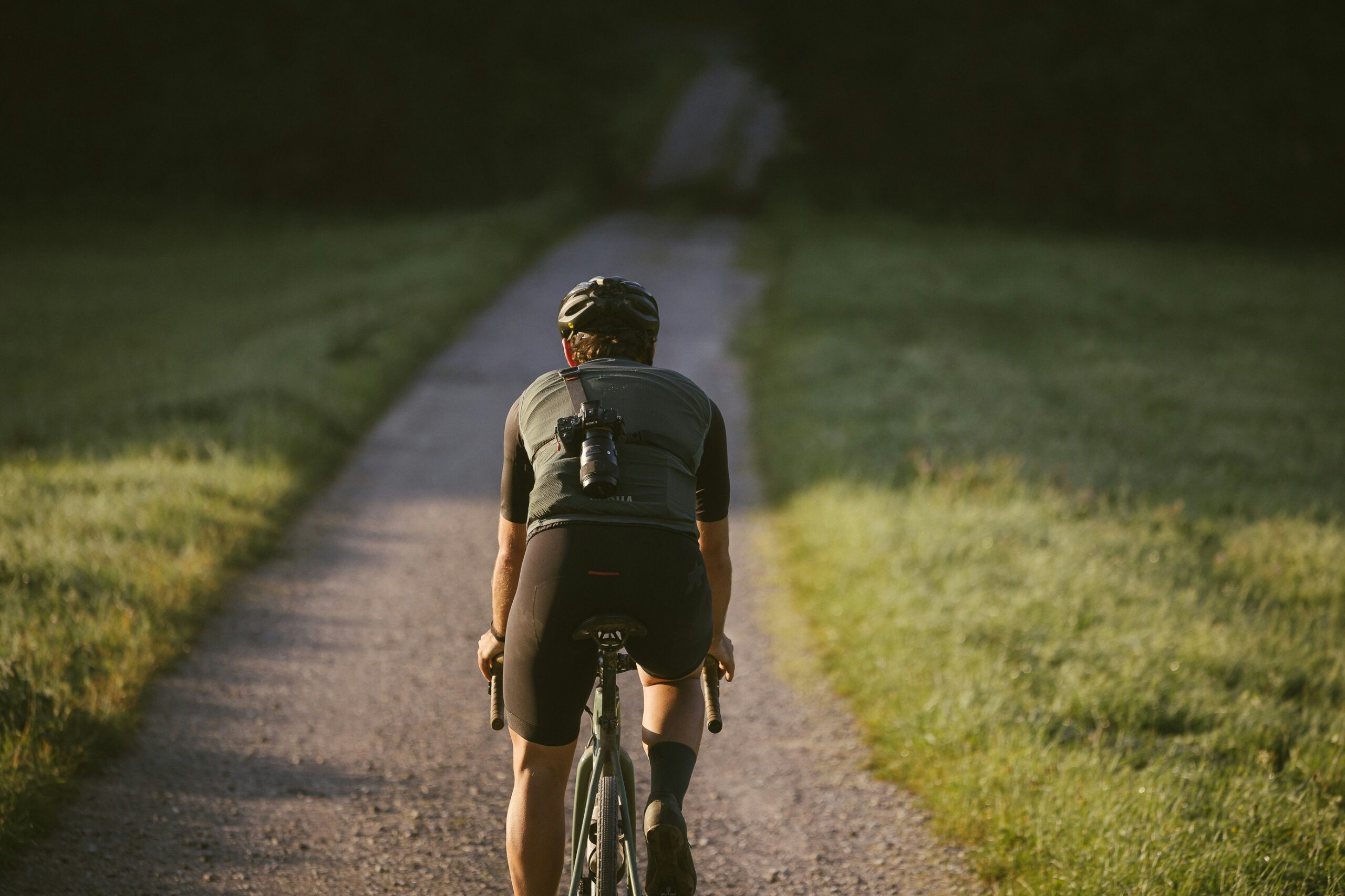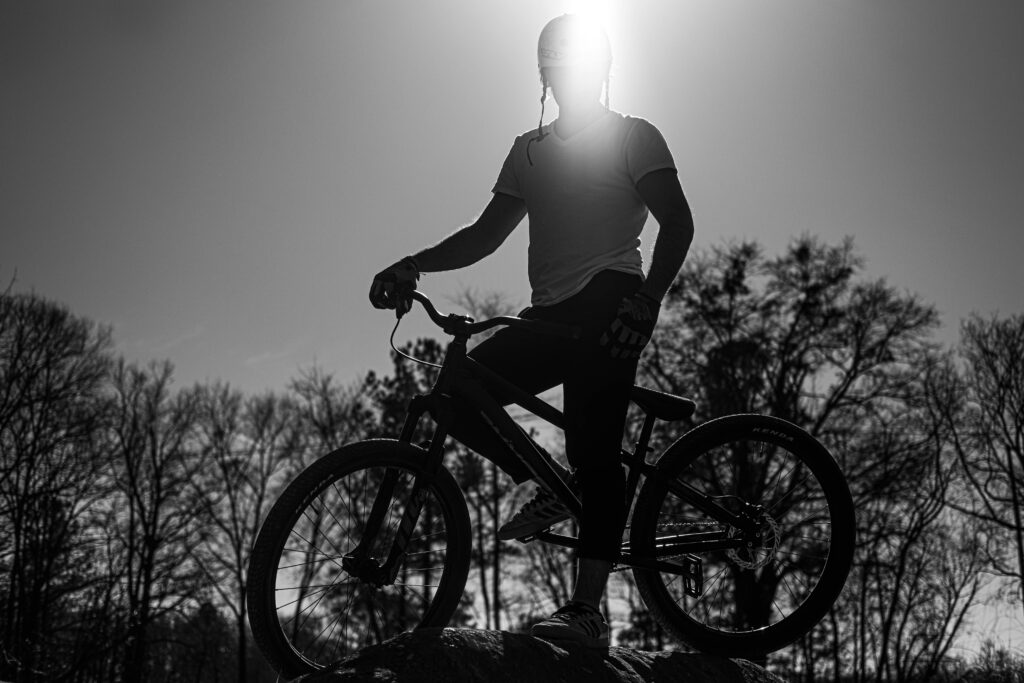Now Reading: Cycling for Addiction Recovery
-
01
Cycling for Addiction Recovery
Cycling for Addiction Recovery

Discover the benefits of cycling for addiction recovery. Boost mental clarity, reduce stress, and build healthy routines through mindful, movement-based healing.
Introduction
Recovery from addiction is a journey of rebuilding the mind, body, and spirit. While therapy and support groups are key parts of this process, movement and physical activity also play a powerful role. One form of exercise that continues to gain attention for its physical and emotional benefits is cycling.
Cycling for addiction recovery offers more than just fitness. It supports mental clarity, eases stress, creates structure, and helps individuals reconnect with their bodies. Whether it’s a solo ride through nature or a group spin class, cycling provides a safe, healthy outlet during all stages of recovery.
Why Movement Matters in Recovery
Physical activity has long been shown to support addiction recovery. Exercise helps reduce cravings, manage mood, and rebuild routines—especially in early sobriety, when emotions may feel raw and overwhelming.
📊 A 2014 study published in Frontiers in Psychiatry found that aerobic exercise significantly reduced symptoms of depression, anxiety, and drug cravings in people recovering from substance use disorders 1.
Cycling, in particular, offers a unique combination of benefits—blending cardio with rhythm, mindfulness, and freedom of movement.
Mental and Emotional Benefits of Cycling for Addiction Recovery
🧠 1. Boosts Mental Clarity
During addiction, the brain’s natural reward system becomes disrupted. Regular cycling stimulates the release of dopamine, serotonin, and endorphins—chemicals that help improve mood, focus, and motivation.
Riding a bike also gives your brain a break from constant stimulation. The repetitive motion and breathwork promote mental stillness and clarity, similar to meditation.
📊 According to the Journal of Psychopharmacology, even 20 minutes of moderate cycling can significantly boost cognitive performance and mood 2.
😌 2. Reduces Stress and Anxiety
Recovery often brings emotional ups and downs. Cycling offers a safe way to release tension. The rhythmic pedaling, paired with fresh air and nature, helps calm the nervous system and reduce cortisol, the body’s primary stress hormone.
Outdoor cycling also exposes riders to sunlight, which helps regulate sleep and increase vitamin D—essential for mental well-being.
🔁 3. Creates Routine and Structure
One of the biggest challenges in recovery is replacing old habits with healthier routines. Cycling is easy to schedule into a weekly plan and can become a meaningful ritual—especially when paired with mindfulness or reflection.
Consistency builds discipline, purpose, and a sense of achievement, which are essential for long-term sobriety.
🧍♂️ 4. Reconnects You With Your Body
Addiction can create disconnection from the body—either through shame, trauma, or physical neglect. Cycling gently helps individuals rebuild body awareness, strength, and self-trust. You begin to notice how your body moves, breathes, and responds to effort.
This renewed relationship with your physical self becomes a foundation for healing.
Physical Benefits of Cycling in Recovery
Beyond emotional support, cycling also improves physical health, which is often compromised during active addiction.
🚴 1. Cardiovascular Health
Cycling strengthens the heart, lowers blood pressure, and improves circulation—reversing some of the physical damage caused by substance abuse.
🔋 2. Energy and Stamina
Many people in early recovery struggle with fatigue. Cycling increases energy levels, metabolism, and oxygen flow, helping you feel more awake and alive.
⚖️ 3. Weight Management
Substance use can cause weight gain or loss. Cycling offers a sustainable, low-impact way to manage weight, build lean muscle, and improve confidence.
Community and Connection Through Cycling
Isolation is a common experience in addiction. Group rides or spin classes offer a safe, sober space to connect with others through shared movement and goals.
Many cities now offer recovery-based fitness groups or nonprofit cycling programs aimed at supporting mental health and sobriety. These communities create belonging and mutual encouragement—without the pressure of social drinking or old triggers.
📊 A 2020 survey from Mental Health America revealed that people in group fitness programs report higher levels of emotional resilience and recovery satisfaction 3.
Getting Started with Cycling in Recovery
You don’t need expensive gear or professional training to benefit from cycling. What matters is creating a routine that feels doable and enjoyable.
👟 1. Start Small
Begin with short, manageable rides—10 to 20 minutes—several times per week. Focus on consistency rather than intensity.
🧠 2. Set a Purpose
Use your ride as a time for reflection. Try setting an intention before each ride, such as “I ride to release stress” or “I ride to feel strong.”
🧭 3. Track Your Progress
Keep a journal or app log of how often you ride and how you feel afterward. Seeing your growth over time can boost motivation.
🤝 4. Find a Supportive Group
If you’re open to it, look for recovery-based cycling groups or fitness classes. The community support can keep you engaged and accountable.
🛡️ 5. Prioritize Safety
Wear a helmet, follow local cycling rules, and listen to your body. Rest when needed. Recovery is not a race—it’s a lifelong ride.

Real Stories: Healing in Motion
Chris, 35 – Sober for 18 months:
“Cycling gave me something to focus on when cravings hit. It cleared my head and reminded me I’m stronger than my urges.”
Alyssa, 29 – 6 months in recovery:
“Every time I finish a ride, I feel proud. Like I chose life, again and again.”
These stories show how cycling for addiction recovery isn’t just about fitness—it’s about reclaiming joy, power, and peace.
Final Thoughts
Cycling for addiction recovery is more than exercise—it’s a path to freedom. It helps rebuild what addiction tried to take away: clarity, confidence, connection, and purpose. Whether you’re pedaling through city streets, trails, or your own backyard, each ride becomes a quiet act of healing.
You don’t need to ride fast or far. You just need to show up, move your body, and let the wheels carry you forward—one mile, one breath, one day at a time.
“Recovery is a journey. And on a bike, that journey becomes movement, momentum, and hope.”
References
- Wang, D., et al. (2014). The effectiveness of aerobic exercise on drug craving reduction in patients with substance use disorders. Frontiers in Psychiatry, 5, 42. ↩
- Lambourne, K., & Tomporowski, P. (2010). The effect of exercise-induced arousal on cognitive task performance: A meta-regression analysis. Journal of Psychopharmacology, 24(9), 1235–1242. ↩
- Mental Health America. (2020). Community Support and Mental Wellness Survey Report. https://mhanational.org ↩

Hi, I’m Brittany Larsen, a passionate blogger and content creator dedicated to writing meaningful and engaging articles. I specialize in topics like mental health, wellness, and personal development, aiming to inspire and empower my readers through relatable stories and practical advice.






















